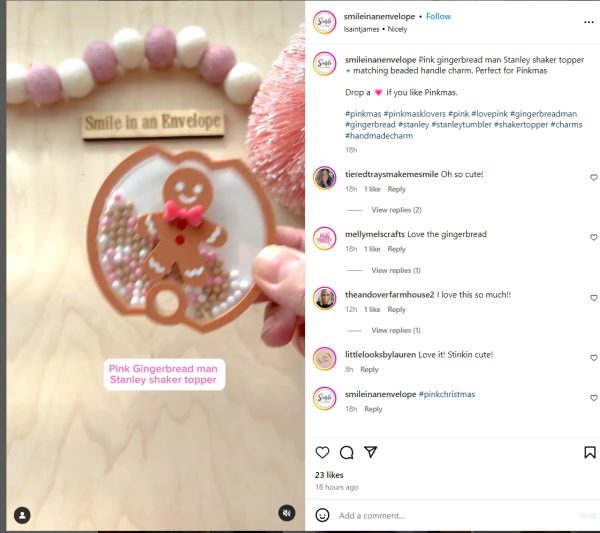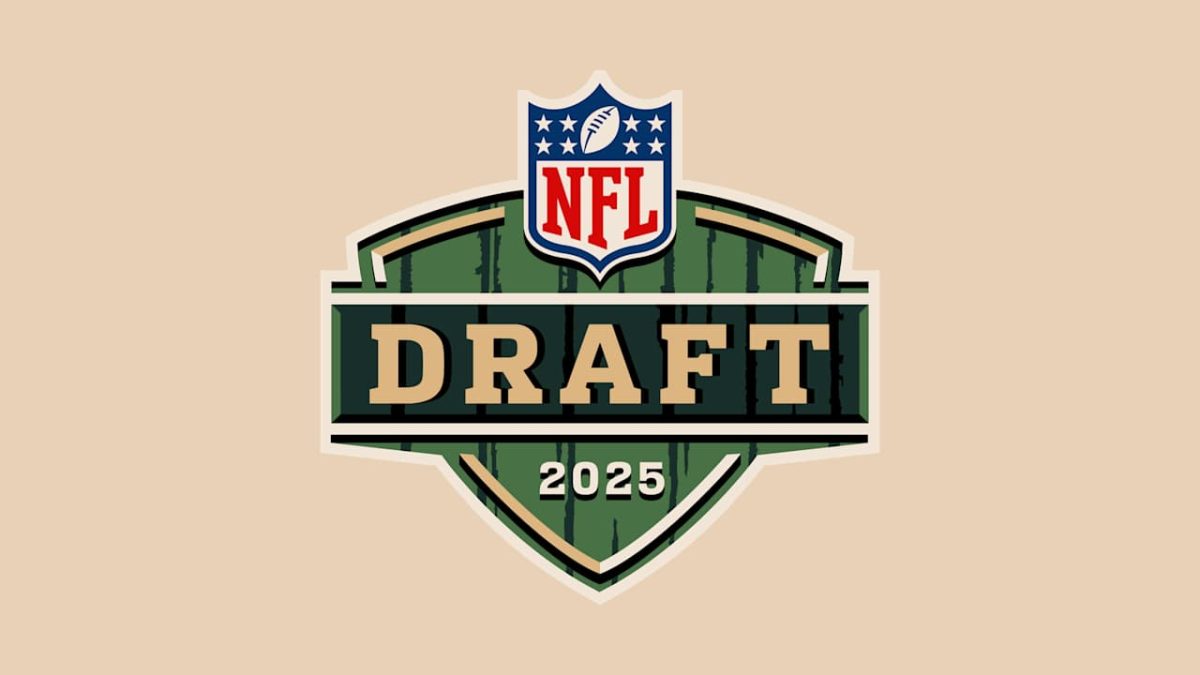The Stanely cup waterbottle has become incredibly popular, despite it’s $45 price tag. People everywhere are rushing to buy this trendy cup, making it more than just another water bottle. Crowds formed at Target, Dicks, Walmart and even Lowes. It has become a symbol for modern day overconsumption, identity formation and environmental deceit.
Water, the essence of human life, has become the epicenter of a multibillion-dollar industry. Our bodies comprised 70% water. This vital resource has been commodified, giving rise to an astonishing array of water bottles. The Stanley cup, in particular, has ascended to the throne, symbolizing status, identity, and aspiration. This phenomenon isn’t new; water bottles have evolved significantly, from glass to ceramic, and even animal skin. However, water bottles have only recently become fashion statements. These days, people use them to show off their personal style, just like they do with designer bags or cool sports cars. The Stanely brand has become extremely popular because you can customize it in many ways. You can choose from designs, colors and add-ons like fun animal “straw buddies” and or team logo “buddies.” People now pick their water bottles as carefully as they choose their clothes, using them to express who they are. Broadcasting the fashionable accessory to the world. 
But beneath the surface of this trendy phenomenon lies a complex web of societal trends
The Stanley cup’s short-lived popularity reveals our obsession with passing trends. Our devotion to consumerism has made this cup a stark symbol of our values. Have we chosen surface appeal over real worth? Are we falling for false environmental promises? The Stanley cup phenomenon isn’t over yet—its impact will keep evolving. Looking at it closely forces us to see ourselves as we truly are: a society marked by excess, imperfection, and a search for meaning.
 Mikayla Angst, a senior at our school, is a proud owner of the Stanley cup. Mikayla’s decision to get a Stanley cup was largely influenced by her social circle. “Everyone had one last year,” Angst explains. “It was something everyone was getting.” This sentiment echoes the experiences of many young people who have jumped on the bandwagon, driven by the desire to fit in and be part of the crowd. When asked if her Stanley cup reflects her personality or style, she shrugs it off. “I barely use it anymore,” Angst admits. This raises questions about the sustainability of the trend and whether it’s merely a fleeting fad. Unlike some enthusiasts who meticulously match their water bottles with their outfits, Angst doesn’t feel the need to coordinate. “I only have one cup,” Angst says. Interestingly, Angst didn’t consider the environmental implications when Angst received her Stanley cup as a gift. “I didn’t buy it; someone purchased it for me,” Angst notes. This highlights a concerning gap in awareness about the ecological footprint of consumer choices.Mikayla acknowledges that social media plays a role in shaping her purchasing decisions, but only to an extent. “Sometimes social media influences me, but not all the time, depending on the product,” she clarifies.
Mikayla Angst, a senior at our school, is a proud owner of the Stanley cup. Mikayla’s decision to get a Stanley cup was largely influenced by her social circle. “Everyone had one last year,” Angst explains. “It was something everyone was getting.” This sentiment echoes the experiences of many young people who have jumped on the bandwagon, driven by the desire to fit in and be part of the crowd. When asked if her Stanley cup reflects her personality or style, she shrugs it off. “I barely use it anymore,” Angst admits. This raises questions about the sustainability of the trend and whether it’s merely a fleeting fad. Unlike some enthusiasts who meticulously match their water bottles with their outfits, Angst doesn’t feel the need to coordinate. “I only have one cup,” Angst says. Interestingly, Angst didn’t consider the environmental implications when Angst received her Stanley cup as a gift. “I didn’t buy it; someone purchased it for me,” Angst notes. This highlights a concerning gap in awareness about the ecological footprint of consumer choices.Mikayla acknowledges that social media plays a role in shaping her purchasing decisions, but only to an extent. “Sometimes social media influences me, but not all the time, depending on the product,” she clarifies.
Hannah Simpson, a senior, also talks about how she is a big fan of Stanley. Simpson’s affection for the Stanley cup began with its durability. As someone always on the go, she needed a cup to keep up with her active lifestyle. “I love how it keeps my drinks hot or cold for hours!” she exclaims. But it’s not just about functionality – Simpson sees her Stanley Cup as a reflection of her personality. “It’s practical yet adventurous, just like me!” Simpson’s Stanley cup has become a staple in her daily routine, and she loves pairing it with her favorite outdoor-inspired outfits. “It adds a pop of color to my whole look!” she says. Whether she’s rocking a flannel shirt, distressed denim, or a cozy sweater, her Stanley cup is always by her side. While Hannah admits that the hype initially drew her in, she’s since learned about the sustainability of Stanley cups. “I love that they’re made with durable materials that can be used for years to come, reducing waste and minimizing environmental impact.” This aspect has solidified her loyalty to the brand. Social media plays a significant role in Hannah’s purchasing decisions. She enjoys discovering new products and brands on Instagram and TikTok but is mindful of the impact of consumerism. “I try to only buy things that align with my values and needs.” 
As the Stanley cup continues to gain popularity, it’s clear that its impact extends beyond just a cup – it’s a symbol of a lifestyle.



































